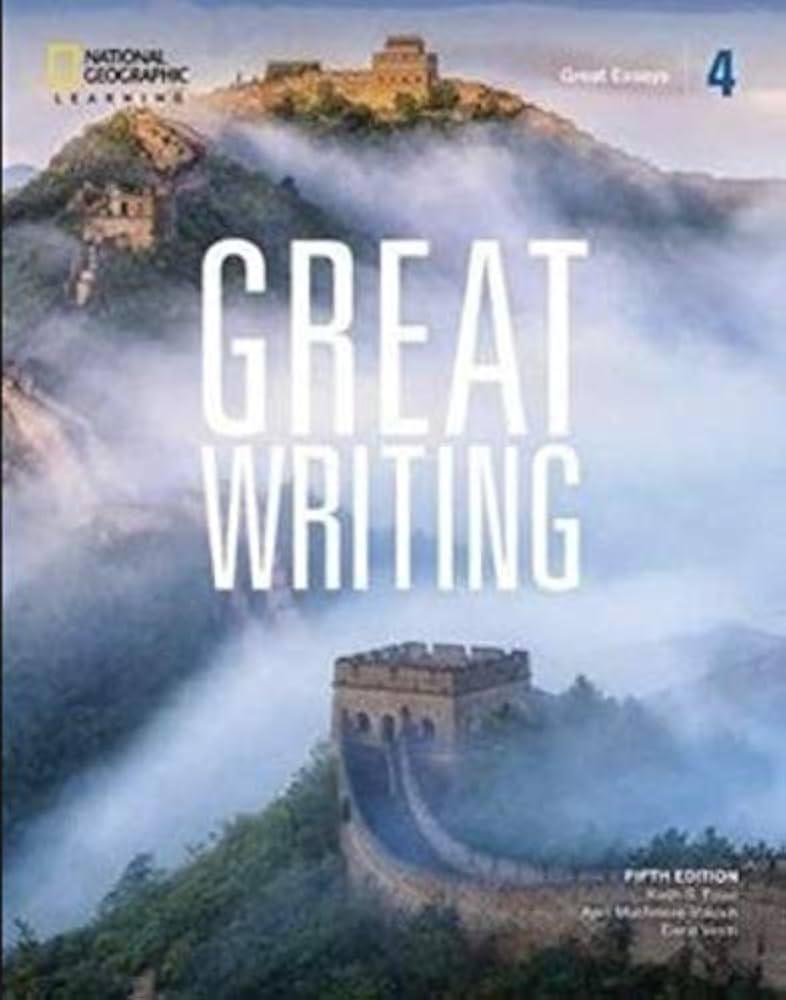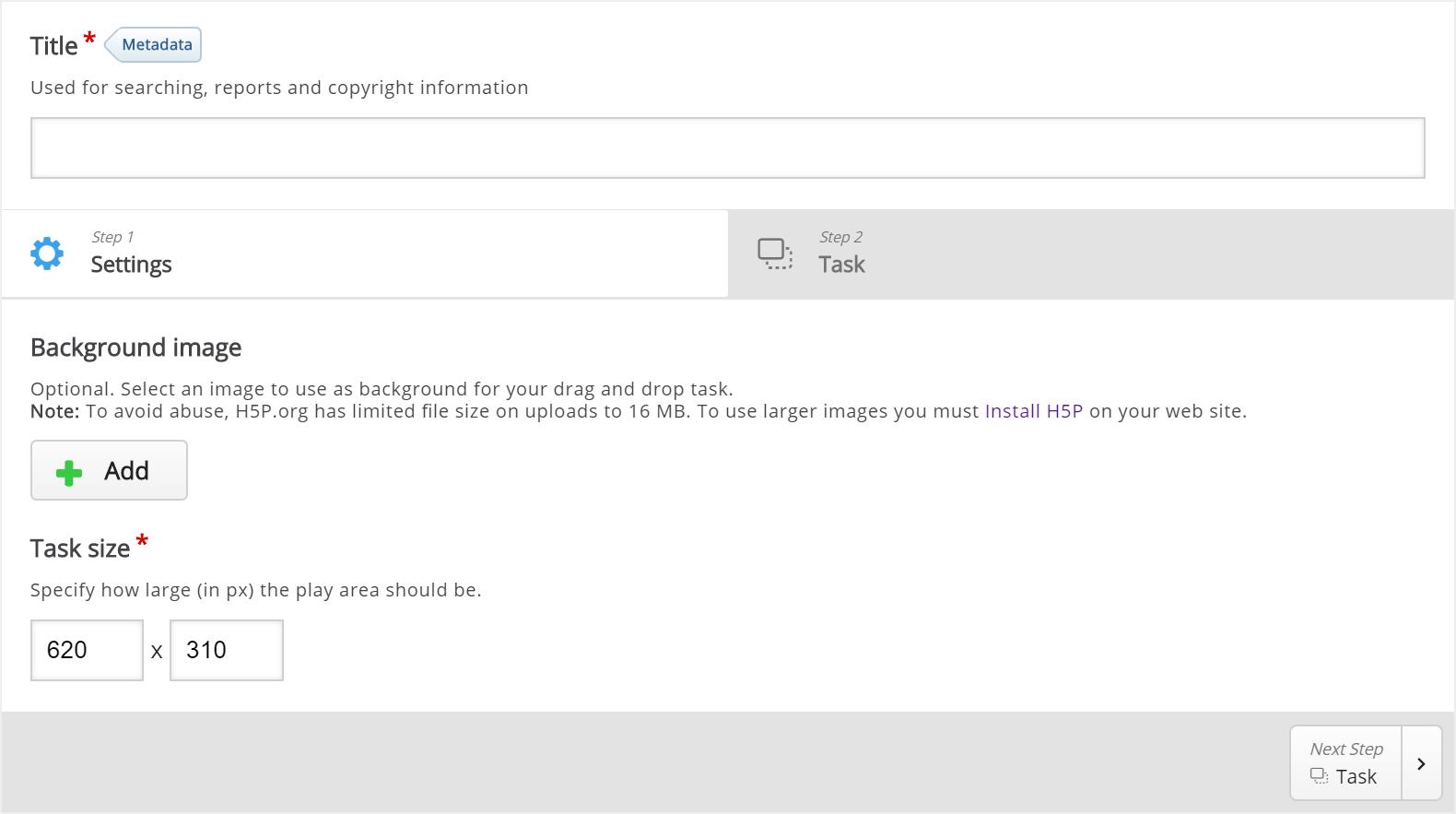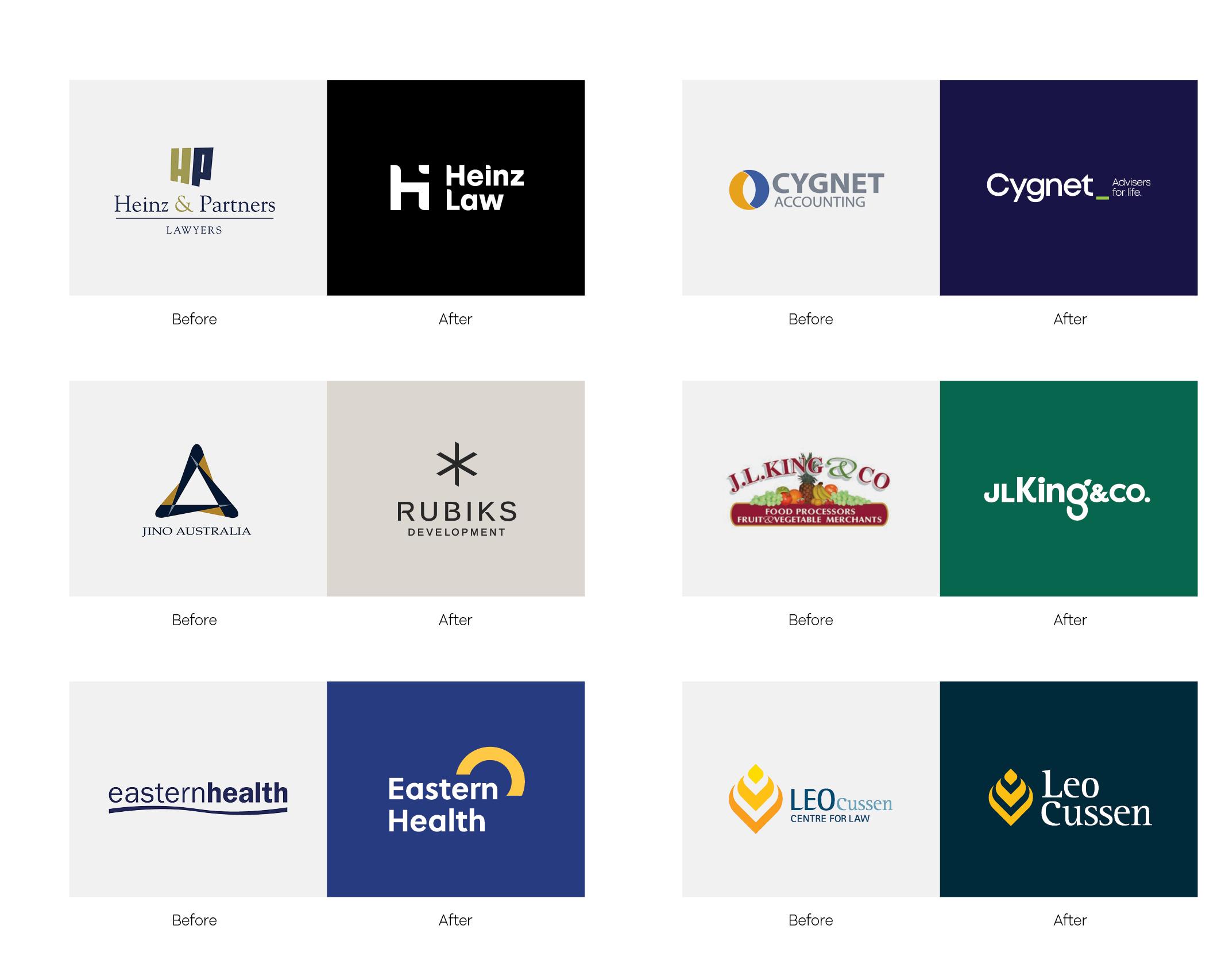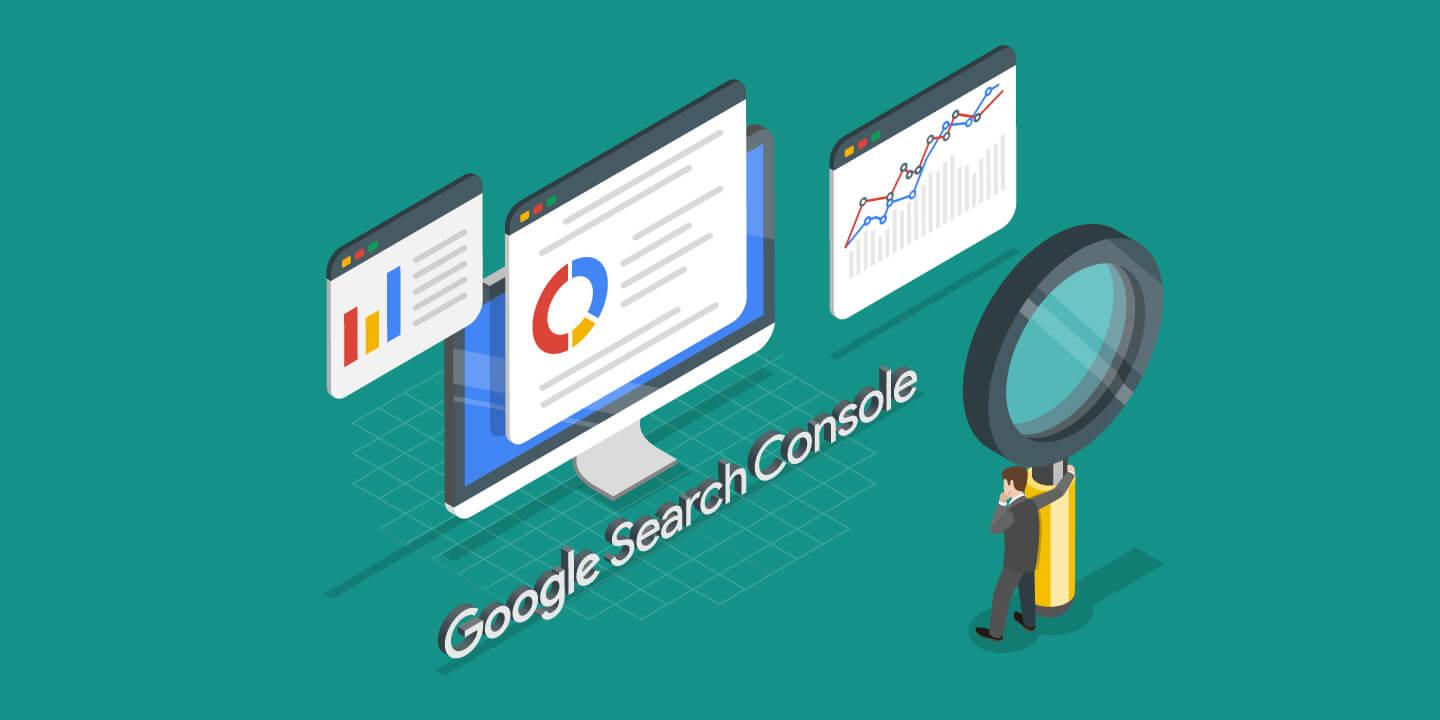The Synergy Between Great Writng and Educational Websites That Help Students Learn Better
In today’s digital age, the way we learn has transformed dramatically, and educational websites stand at the forefront of this revolution. But here’s the kicker: it’s not just the technology or the flashy graphics that make these platforms effective. It’s the power of great writing.Picture this: a student navigating through a sea of details, trying to grasp complex concepts. What makes the difference? It’s the clarity, engagement, and inspiration found in well-crafted words. Great writing doesn’t just relay facts; it connects,resonates,and ignites curiosity. In this article, we’ll explore how the synergy between exceptional writing and innovative educational websites can create a learning experience that not only informs but also empowers students to reach their full potential. So, whether you’re an educator, a student, or simply someone intrigued by the art of learning, join us as we delve into the magic that happens when language meets technology in the pursuit of knowledge!
The Power of Words: How Great Writing Engages Students
Words hold an incredible power, especially in educational contexts.When crafted thoughtfully, they can illuminate ideas, provoke curiosity, and foster a love for learning. Great writing transcends mere information; it connects with students on a personal level. When students encounter engaging content, it can spark their creativity and motivate them to delve deeper into the subject matter.
Consider how effective writing can:
- Cultivate Interest: Compelling narratives and relatable examples can draw students into a topic, making them eager to learn more.
- Enhance Understanding: Clear and concise explanations help demystify complex concepts, allowing students to grasp and retain information.
- Encourage Critical Thinking: Thought-provoking questions embedded in great writing can challenge students to think critically and form their own opinions.
Furthermore, the integration of great writing into educational websites is essential. These platforms must ensure that the content is not only informative but also engaging. Using a variety of formats—such as stories, dialogues, and interactive quizzes—can stimulate different learning styles and keep students invested. A well-designed educational website can serve as a bridge,connecting the power of words with the quest for knowledge.
| Content Type | Benefits |
|---|---|
| Articles | In-depth analysis and exploration of topics. |
| Videos | Visual learning and engagement with dynamic content. |
| Quizzes | Immediate feedback and reinforcement of learning. |
When educational websites prioritize great writing, they transform mundane lessons into captivating experiences. This not only enhances student engagement but also fosters a supportive learning habitat where students feel encouraged to express themselves. The synergy between powerful words and effective digital resources can ultimately led to a more enriched educational journey.
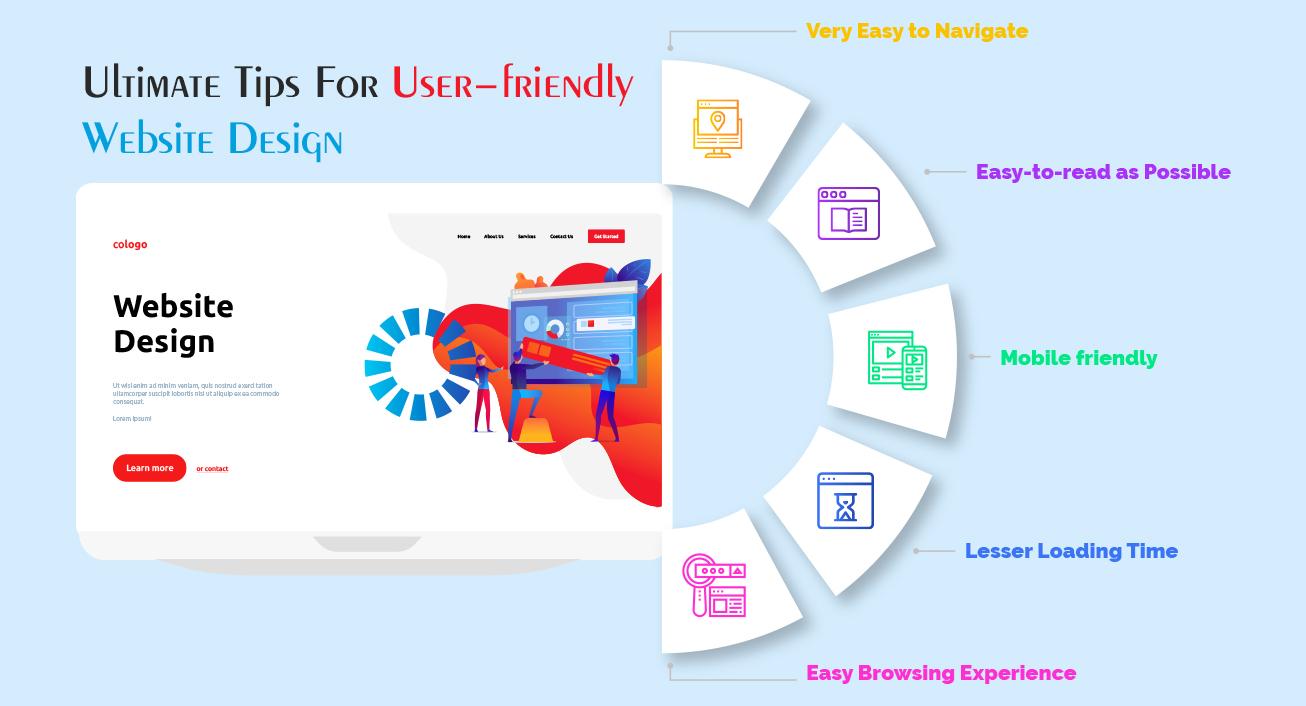
Creating a User-Friendly Experience: The Role of Design in Educational Websites
When it comes to educational websites, the design is more than just aesthetics; it’s about creating a seamless interaction that enhances learning. A thoughtful design can transform a mundane browsing experience into an engaging journey that captivates users and encourages them to delve deeper into the content.Here are some key design elements that contribute to a user-friendly experience:
- intuitive Navigation: A clear and logical navigation structure allows students to find information quickly and efficiently. By using categories and subcategories, learners can explore topics without feeling overwhelmed.
- Responsive Design: With the increasing use of smartphones and tablets for learning, educational websites must be mobile-friendly. A responsive design ensures that all users, regardless of device, have an optimal experience.
- Visual hierarchy: Employing a strong visual hierarchy helps highlight important information. Utilizing varying font sizes, colors, and spacing can guide students’ attention to essential content, making it easier to absorb information.
- Consistent Branding: A cohesive design theme reinforces brand identity and builds trust. Consistency in color schemes, typography, and imagery creates a professional appearance that resonates with users.
Moreover, incorporating interactive elements such as quizzes, infographics, and videos can considerably enhance the learning experience.These features not only make the content more engaging but also cater to different learning styles. As an example, visual learners benefit from graphics, while auditory learners gain from video explanations. Here’s a simple table showcasing different content types and their benefits:
| Content Type | benefits |
|---|---|
| Videos | Engaging visual and auditory learning |
| Infographics | Condensed information in a visual format |
| Quizzes | Active recall to reinforce learning |
| Discussion Forums | Peer interaction and collaborative learning |
Lastly, accessibility plays a critical role in design. By ensuring that all students, including those with disabilities, can navigate and benefit from the content, educational websites can foster an inclusive learning environment. Simple measures like alt text for images, keyboard navigation, and screen reader compatibility can make a notable difference. Ultimately,the goal is to create a space where every learner feels welcomed and empowered to succeed.
Crafting Compelling Content: Writing Techniques That Enhance Learning
creating content that resonates with learners requires a blend of creativity and clarity. Engaging writing techniques can transform a mundane topic into an exciting learning experience.Here are some strategies to consider:
- Use Active Voice: Active voice makes sentences clearer and more direct.Rather of saying, “mistakes were made,” try “We made mistakes.” This approach not only improves comprehension but also fosters a sense of ownership.
- Incorporate Storytelling: Humans are wired for stories.by weaving narratives into educational content, you can make complex ideas more relatable and memorable. Share anecdotes or case studies that illustrate key points, allowing students to connect on an emotional level.
- Utilize Visual Aids: Complementing text with images, infographics, or videos can significantly enhance understanding. Visual aids help break down intricate concepts and cater to various learning styles, making information more accessible.
- Ask Questions: Encourage critical thinking by posing thought-provoking questions throughout the content. This not only keeps students engaged but also prompts them to reflect on the material and form their own conclusions.
Another effective technique involves chunking information into manageable pieces. When learners are presented with overwhelming amounts of information, retention typically decreases. By organizing content into smaller sections or bullet points, you facilitate better understanding and recall. here’s a simple table to illustrate this concept:
| Content Chunk | Purpose |
|---|---|
| Introduction | Sets the stage for the topic |
| Main Ideas | Delivers core content for comprehension |
| Examples | Provides context and application |
| Conclusion | Summarizes key takeaways |
Lastly,interactivity can greatly enhance the learning experience. Incorporate quizzes, polls, or discussion prompts within the content to invite participation.This not only keeps learners engaged but also allows them to actively apply what they’ve learned, reinforcing their understanding.
By combining these techniques, content creators can develop educational materials that are not only informative but also enjoyable. Remember, the goal is to inspire curiosity and facilitate a rich learning environment that empowers students to thrive.
The Importance of Authenticity: Building Trust Through Honest Communication
In the digital age, where information is abundant, the need for authenticity in communication has never been more critical. Students are constantly bombarded with content, making it imperative that educational websites not only provide accurate information but also foster a sense of trust through openness and honesty.When students encounter content that resonates with genuine voices, they are more likely to engage, learn, and apply their knowledge effectively.
Building trust through authentic communication involves several key elements:
- Transparency: Sharing the source of information and methodology can demystify learning processes.
- Consistency: Regularly updating content and maintaining a cohesive voice can reinforce credibility.
- Relatability: Using real-world examples and relatable language helps students connect with the material.
- Openness: Encouraging feedback and discussions creates a community around learning and fosters trust.
Additionally, integrating authentic storytelling into educational content can significantly enhance the learning experience. When students see real people behind the content, they can relate more to the information presented. This connection can transform mundane facts into compelling narratives that inspire and motivate learners. For instance, incorporating testimonials or case studies can illustrate success stories, making abstract concepts tangible and applicable.
Another beneficial approach is the inclusion of interactive elements that promote honest communication. This could involve discussion forums where students can share their thoughts or challenges, or even Q&A sessions with educators. Such interactions not only build trust but also create a supportive environment where students feel valued and understood. In this way, educational websites don’t just become sources of information; they evolve into communities of learning.
To wrap it all up, authenticity in communication is not just a buzzword; it’s a pivotal strategy for educational websites aiming to enhance the student learning experience. By prioritizing honest communication and fostering an authentic environment, these platforms can empower students, instilling a sense of confidence and trust that ultimately leads to better learning outcomes.
| Benefits of Authenticity | Impact on Students |
|---|---|
| Increased Engagement | Higher participation in learning activities |
| Enhanced Retention | Improved memory of information |
| Stronger Community | Fostering collaborative learning |
| Greater Satisfaction | Higher overall student satisfaction rates |
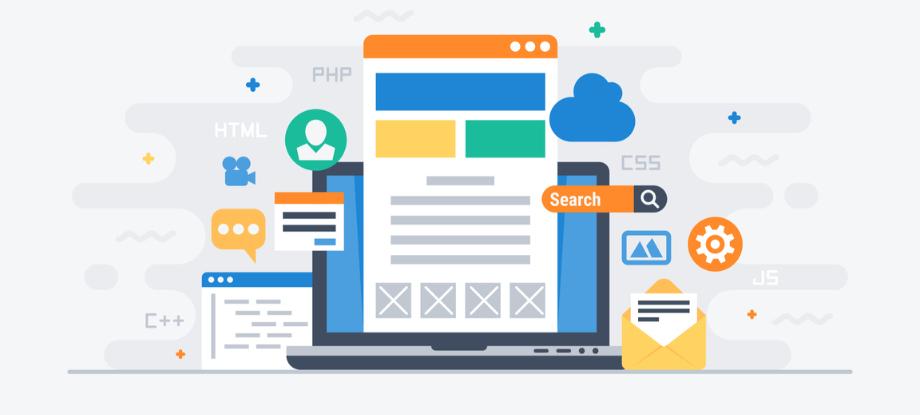
Interactive Elements: Boosting Engagement with Dynamic Writing
Engagement is the heartbeat of effective educational websites, and one of the most impactful ways to foster this engagement is through interactive elements. When students can participate actively in their learning journey, they become more invested in the material. Imagine a scenario where students can not only read about scientific concepts but also manipulate variables in real-time simulations. This hands-on approach transforms passive reading into an engaging, immersive experience.
Consider incorporating the following interactive features into your educational content:
- Quizzes and Polls: Short quizzes at the end of a lesson can reinforce learning.Polls can gauge student opinions or preferences, making them feel involved.
- Interactive Infographics: Visual aids that allow users to click through information or manipulate data can break down complex topics into digestible parts.
- Discussion Forums: Creating a space where students can ask questions and share insights encourages collaboration and collective learning.
- Interactive Videos: Videos that include clickable elements or branching scenarios can guide learners through a customized educational path.
Another powerful tool is gamification. By introducing game-like elements such as leaderboards, badges, or challenges, educational content can become more appealing. This approach not only motivates students to engage but also instills a sense of accomplishment as they progress through learning milestones.Plus, friendly competition can spark discussions and deeper understanding among peers.
To illustrate how these interactive elements can be integrated seamlessly,consider the following table showcasing different features and their benefits:
| Interactive Feature | Benefits |
|---|---|
| Quizzes | Reinforce knowledge and assess understanding instantly. |
| Interactive Infographics | Visual learning that simplifies complex information. |
| Discussion Forums | Encourage collaboration, question-asking, and community building. |
| Gamification | Enhances motivation and engagement through friendly competition. |
By focusing on these dynamic elements, educational websites can craft experiences that resonate with students on a deeper level.The key is to ensure that interactivity is not just an add-on but is thoughtfully integrated into the core of the learning experience.When students feel that their input is valued and that they can influence their learning, retention and understanding soar. Ultimately, the synergy between great writing and interactive design creates a vibrant educational ecosystem that empowers students to learn better.

Tailoring Content to Diverse Learning Styles: Meeting Every Students Needs
Every student approaches learning differently, influenced by their unique backgrounds, experiences, and preferences. To effectively engage these diverse learners, it’s crucial to provide content that resonates with various learning styles. This can be achieved through a blend of visual, auditory, and kinesthetic elements, catering to the needs of every individual.
Visual learners thrive on imagery and spatial understanding. Incorporating elements like infographics, videos, and vibrant illustrations can significantly enhance their grasp of information. Educational websites that utilize rich visuals can break down complex concepts into digestible formats, making learning both enjoyable and effective. Here are some approaches to captivate visual learners:
- Use diagrams and charts for data portrayal.
- Embed videos that explain topics through storytelling.
- Incorporate color-coded notes for better retention.
auditory learners, conversely, benefit from listening and speaking. they often excel in environments where discussions and verbal explanations take center stage.To support these learners, websites should include:
- podcasts or audio recordings of lessons.
- Interactive webinars featuring guest speakers.
- Discussion forums that encourage collaborative dialog.
For kinesthetic learners, hands-on experiences are key. These students learn best through movement and tactile engagement. Educational platforms can enhance their learning by integrating:
- Interactive simulations that mimic real-world scenarios.
- Activities that require physical involvement, like experiments or role-playing.
- Quizzes and games that challenge them to apply knowledge practically.
| Learning Style | Preferred Content Type | Engagement Strategies |
|---|---|---|
| Visual | Infographics, Videos | Color-coded notes, Diagrams |
| Auditory | Podcasts, Webinars | Discussion forums, Group talks |
| Kinesthetic | Interactive activities | Hands-on experiments, Role-playing |
By embracing these diverse approaches, educational websites can create a rich, inclusive learning environment.This not only fosters a sense of belonging among students but also enhances their understanding and retention of information. It’s all about meeting each student where they are and guiding them on their unique educational journey.
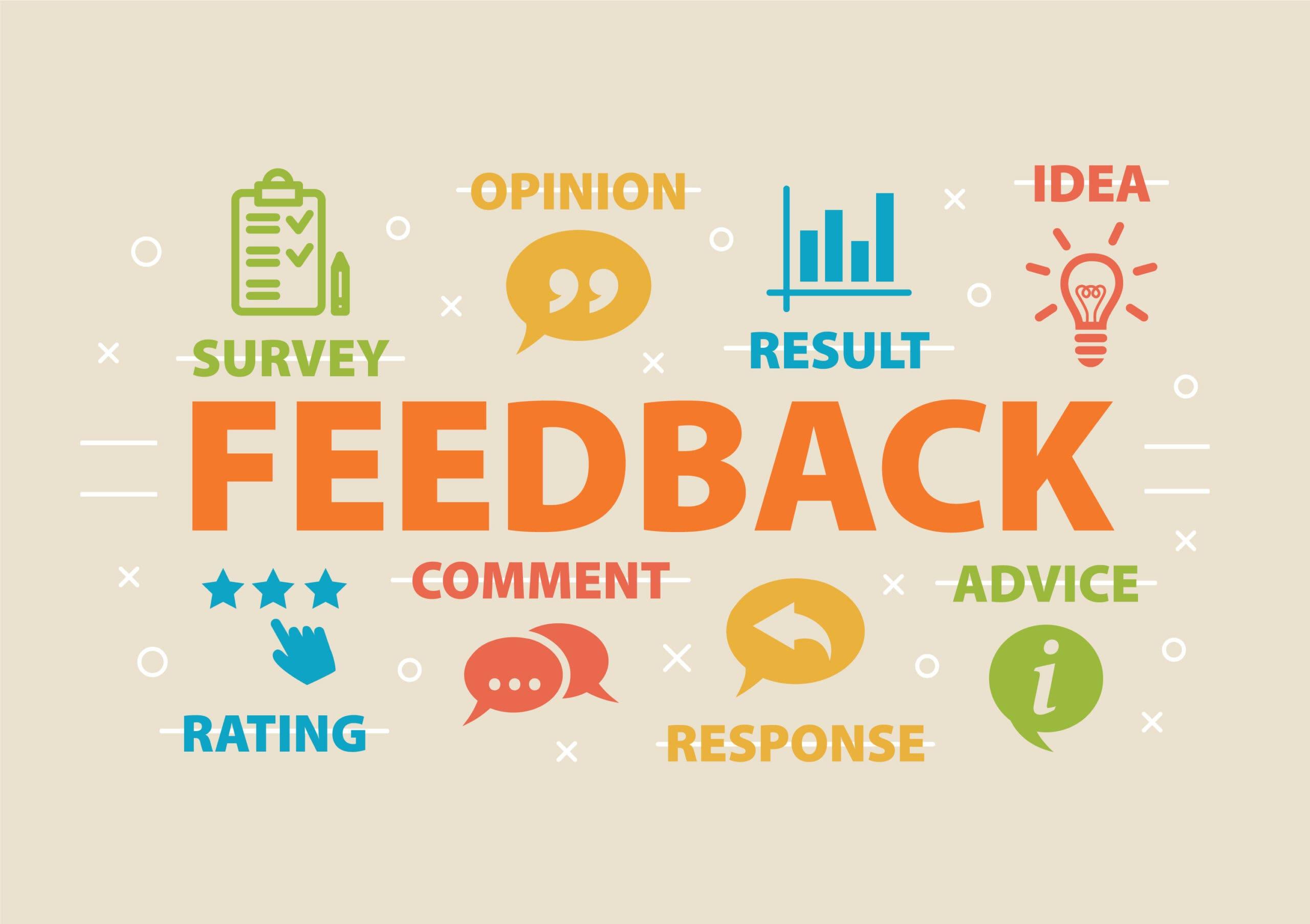
The Role of Feedback: Encouraging Improvement Through Constructive Writing
Feedback plays a pivotal role in enhancing the writing process, acting as a bridge between initial drafts and polished final pieces. Constructive criticism provides writers with insights that they may overlook, enabling them to reflect on their work and make necessary adjustments. This iterative process not only fosters improvement but also cultivates a deeper understanding of effective communication.
When students engage with educational websites that facilitate writing feedback,they benefit from a range of features designed to promote growth. These platforms typically offer:
- Peer Review Systems: Allowing students to critique each other’s work fosters a sense of community and encourages diverse perspectives.
- Guided Feedback Tools: These tools help students identify specific areas for improvement, making feedback more actionable.
- Instant Assessments: Quick evaluations can motivate students by providing immediate insights into their progress.
Moreover, constructive feedback empowers students to take ownership of their writing journey. Instead of viewing criticism as a setback, they learn to embrace it as a valuable resource. This mindset shift is crucial in a learning environment, where resilience and adaptability are key to academic success. Educational websites that highlight this philosophy help students understand the intrinsic value of feedback.
| Feedback Type | Benefit |
|---|---|
| Peer Feedback | Encourages collaboration and diverse viewpoints. |
| Expert Feedback | Provides professional insights and standards. |
| Automated Feedback | Saves time and offers instant results. |
Ultimately, the synergy between great writing and robust feedback mechanisms on educational platforms creates an environment conducive to learning. students who actively seek and apply constructive feedback not only improve their writing skills but also develop critical thinking and self-assessment abilities. This holistic approach prepares them for future challenges, ensuring they are well-equipped to communicate effectively in various contexts.

Case Studies of Success: learning from Educational Websites That Excel
When examining the landscape of educational websites,a few standout platforms have set the gold standard for effective learning. These sites not only deliver content but do so with exceptional clarity and engagement. Let’s take a closer look at a few exemplary case studies that illustrate how great writing can elevate educational experiences.
Coursera: Bridging Gaps with Clarity
Coursera has transformed the way we view online learning by making prestigious courses accessible to anyone with an internet connection. Their success can largely be attributed to:
- User-Friendly Interface: The layout is intuitive, allowing users to navigate courses with ease.
- Clear Course Descriptions: Each course features concise descriptions that outline learning objectives, prerequisites, and outcomes.
- Engaging Content: The use of multimedia—like videos, quizzes, and interactive assignments—helps keep learners engaged.
Khan Academy: Personalizing the Learning Journey
Khan Academy stands out for its commitment to personalized education. With a focus on student-centered learning, they’ve mastered the art of:
- Concise Explanations: Their instructional videos are short and to the point, making complex topics easier to digest.
- Adaptive Learning paths: The platform tailors content based on individual progress, ensuring that learners grasp concepts before moving on.
- Interactive Exercises: Through practice problems that adapt to the learner’s skill level, students remain engaged and motivated.
Duolingo: Making Language Learning Fun
Duolingo has revolutionized language acquisition by gamifying the learning process. Their innovative approach includes:
- Game-Like Experience: The app uses points,levels,and rewards to encourage continuous learning.
- Simple language: Instructions and feedback are clear and easy to understand, dropping the intimidation factor frequently enough associated with learning a new language.
- Frequent Updates: The platform regularly rolls out new features and languages, keeping the content fresh and engaging for users.
Summary Table of Key Success Factors
| Website | Key Success Factor | Impact on learning |
|---|---|---|
| Coursera | User-Friendly Interface | Enhanced navigation leads to increased course completion rates. |
| Khan Academy | Adaptive Learning Paths | Personalized learning improves student confidence and mastery. |
| duolingo | Game-Like Experience | increased motivation and engagement in language learning. |
These case studies exemplify how clear, engaging writing combined with thoughtful design can lead to meaningful educational experiences. by analyzing the strategies of successful educational websites, we can glean insights that inform the development of our own platforms, ensuring that we not only provide information but also foster a love for learning.
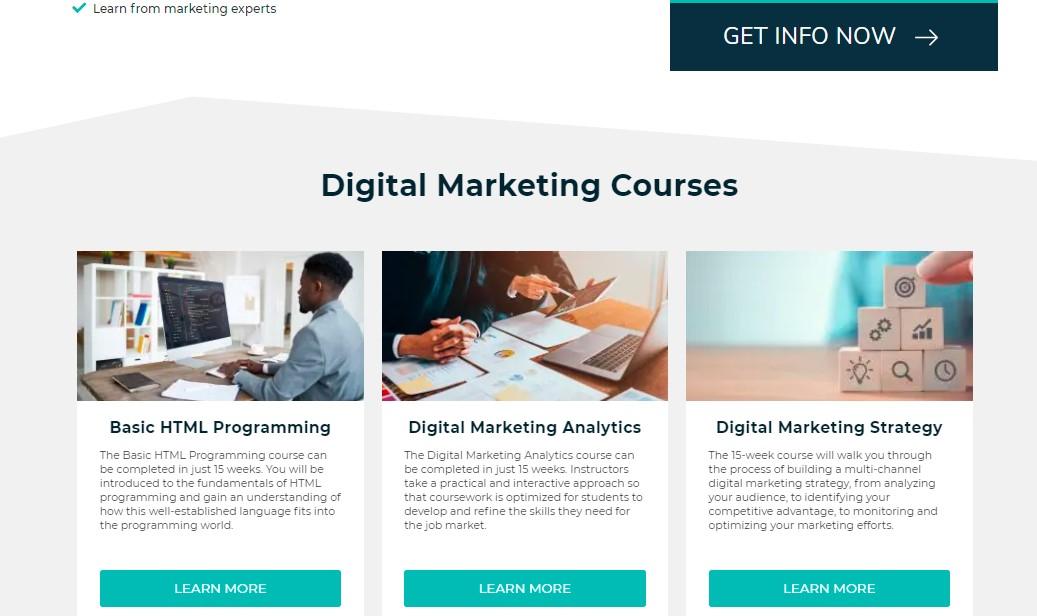
Practical Tips for Educators: Writing Strategies to Enhance Your Website
Creating an educational website that resonates with students requires more than just a polished layout. effective writing strategies play a crucial role in delivering content that is both engaging and informative. Here are some practical tips that can elevate your website, ensuring it becomes a valuable resource for students.
- Use Clear and Concise Language: Avoid jargon and overly complex sentences. Aim for clarity by using simple, straightforward language that students can easily understand. Break down difficult concepts into digestible parts.
- Incorporate Visual Elements: Pair your text with relevant images, infographics, or videos. Visual aids can enhance comprehension and retention, making your content more appealing and memorable.
- Engage with Questions: Pose questions throughout your content to stimulate critical thinking. This technique not only encourages interaction but also helps students to reflect on what they’re learning.
- Use active Voice: Writing in active voice makes your content more dynamic and engaging.Such as, instead of saying “mistakes were made,” say “We made mistakes.” This small shift can greatly increase the impact of your writing.
Structuring your content effectively is just as important as the writing itself.Consider using subheadings and bullet points to break up large blocks of text. This not only improves readability but also helps students quickly locate the information they need.
| Tip | Description |
|---|---|
| Be Consistent | Maintain a consistent tone and style across your website to create a cohesive experience. |
| Include Call-to-Actions (CTAs) | Encourage students to take specific actions, such as exploring additional resources or joining discussions. |
| Optimize for Search Engines | Use relevant keywords and phrases to improve your site’s visibility in search engine results. |
Lastly,encourage feedback from your audience. Incorporating student suggestions can help you refine your content and make it even more relevant to their needs. Remember, an educational website is a living entity that can evolve based on user interaction and preferences.

The Future of Learning: Embracing Innovative Writing for Online Education
In the rapidly evolving landscape of online education, the fusion of exceptional writing and innovative technology is paving the way for enhanced learning experiences. Quality content is no longer just a supplement; it’s the backbone of educational websites that strive to engage and empower students. When students navigate through well-crafted materials,they don’t just consume information; they engage in a dialogue that fosters deeper understanding and retention.
Imagine a platform where each article, video script, or interactive lesson is meticulously written to not only inform but also inspire. This is where the magic happens. Great writing transforms ordinary lessons into captivating narratives that resonate with learners. By incorporating storytelling techniques, educators can present complex concepts in relatable and memorable ways. Here are some key elements that contribute to effective educational writing:
- Clarity: Clear language simplifies difficult topics.
- Engagement: Questions and examples keep learners invested.
- Accessibility: Writing tailored to various reading levels ensures inclusivity.
Furthermore, educational websites are using innovative tools that complement great writing. Interactive elements, such as quizzes and infographics, enhance comprehension and retention. When combined with well-structured content, these tools create a dynamic learning environment. Here’s a simple breakdown of how writing and technology work in harmony:
| Element | Benefit |
|---|---|
| Storytelling | Builds emotional connections, making learning memorable |
| Interactive Quizzes | encourages active participation and self-assessment |
| Visual Aids | Simplifies complex information, enhancing understanding |
as we look to the future, it’s essential for educators and content creators to collaborate closely. By harnessing the strengths of both great writing and technology, we can create a seamless educational experience.Students will benefit from personalized learning paths, guided by content that speaks directly to their needs and interests.This synergy not only boosts engagement but also fosters a lifelong love of learning.
Ultimately, the future of learning hinges on our ability to innovate and adapt. By embracing innovative writing techniques and integrating them with cutting-edge educational technologies,we can craft an enriching environment that not only helps students succeed academically but also prepares them for the complexities of the world ahead.
Frequently Asked questions (FAQ)
Q&A: The Synergy Between Great Writing and Educational Websites That Help Students Learn Better
Q: What do you mean by “great writing” in the context of educational websites?
A: Great writing in this context refers to content that is clear, engaging, and purposeful. It’s not just about correct grammar or spelling; it’s about how effectively the writing communicates ideas, connects with students, and inspires learning. When educational websites utilize great writing, they can make complex topics more accessible and encourage students to dive deeper into their studies.
Q: Why is the quality of writing so important for educational websites?
A: The quality of writing on educational websites is crucial because it significantly impacts comprehension and retention. Well-written content can simplify difficult concepts, making them easier to grasp. It also engages students, keeping them interested and motivated. Poorly written material, conversely, can confuse learners and lead to frustration, ultimately hindering their educational experience.
Q: Can you give an example of how great writing enhances a student’s learning experience?
A: Absolutely! Imagine a science website that explains the concept of photosynthesis. If the content is cluttered with jargon and complicated sentences, students may struggle to understand. However, if it’s presented in a conversational tone with relatable analogies and clear explanations, students are much more likely to connect with the material.Engaging narratives or real-world applications can transform dry facts into exciting discoveries, making learning feel relevant and fun.
Q: How do educational websites ensure that their writing is of high quality?
A: Many educational websites invest in skilled writers who are also subject matter experts. They focus on creating content that is well-researched, engaging, and appropriate for the target audience. Additionally, they frequently enough incorporate feedback from educators and students to improve readability and effectiveness.Regular updates and revisions help maintain high standards, ensuring that the content remains relevant and accurate.
Q: Can great writing alone make an educational website effective?
A: While great writing is vital, it’s not the only factor that contributes to an educational website’s effectiveness. A well-designed interface,easy navigation,and interactive features also play a significant role. Though, even the best technology won’t compensate for poor writing. The synergy between great writing and good design creates a learning environment where students feel supported and encouraged to explore.
Q: How can students benefit from using educational websites with great writing?
A: Students can reap numerous benefits from educational websites that prioritize great writing. They are likely to experience improved understanding of complex subjects, increased engagement with the material, and higher motivation to learn.These websites can also foster critical thinking and analytical skills as well-written content frequently enough encourages students to ask questions and seek deeper insights.
Q: What can educators do to promote the use of well-written educational websites?
A: Educators can recommend high-quality educational websites to their students and incorporate them into their lesson plans. They can also provide guidance on how to evaluate the quality of writing and content.By creating assignments that require students to interact with these sites, educators can reinforce the value of great writing while encouraging autonomous exploration and learning.
Q: What’s the takeaway message about the synergy between great writing and educational websites?
A: The takeaway is that great writing is a powerful tool in education. When combined with effective educational websites, it can significantly enhance the learning experience for students.It’s about creating a seamless blend of informative, engaging, and accessible content that truly resonates with learners. In doing so, we can empower students to take charge of their education and develop a lifelong love for learning.
Future Outlook
as we wrap up our exploration of the powerful synergy between great writing and educational websites, it’s clear that the way we present information can significantly enhance the learning experience. When engaging content meets user-friendly design, students are not just passive recipients of knowledge—they become active participants in their learning journey.
Imagine a world where every student, regardless of their background, has access to high-quality writing that sparks curiosity and ignites passion.Educational websites that prioritize clarity, creativity, and engagement can transform complex concepts into understandable, relatable content that resonates with learners of all ages.
So, whether you’re an educator, a student, or just someone who believes in the power of knowledge, let’s champion the importance of great writing in educational resources. Together, we can advocate for websites that don’t just inform but inspire, encouraging students to dive deeper into their studies and explore the world around them.
Let’s continue to push for these changes and support platforms that recognize the art of storytelling in education. After all, when writing excels, learning flourishes, and that’s a win for everyone!

